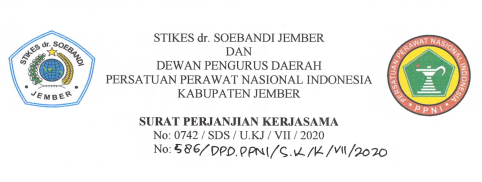The Dimensions And Student Satisfaction In Clinical Skill Laboratory (CSL) Medical Surgical Nursing With Online Method
DOI:
https://doi.org/10.36858/jkds.v10i2.349Abstract
Introduction: The pandemic due to the Covid-19 Virus has various impacts on people in the world, including Indonesia. All learning activities are carried out online, including the Clinical Skill Lab (CSL) in Medical-Surgery Nursing at ITEKES Bali. Objective: To prepare students for clinical skills, communication, physical examination, or medical procedures and invasive procedures. In teaching and learning activities, ITEKES Bali Nursing Team Lecturers use video conference media, WhatsApp group, zoom, practical learning videos and others in delivering practical subjects. This policy carried out by ITEKES would certainly affect student satisfaction in learning habits. The level of student satisfaction will be reflected in their dimensions when participating in the academic process. These dimensions include engaged learning, agency and assessment. Methods: this research employed a cross-sectional design. There were 189 students who took CSL at ITEKES Bali participated in this study. The data were analyzed by using chi-square, to analyze the dimensions of students with the level of student satisfaction. Results: The finding showed that there was a significant correlation between the student dimension and the level of student satisfaction (p 0.001) where the dimension of students who disagreed had a 3.6 times chance of being dissatisfied with online learning. Conclusion: The level of student satisfaction can be seen from the dimensions of students when participating in online learning which consists of engaged learning, agency and assessment.





